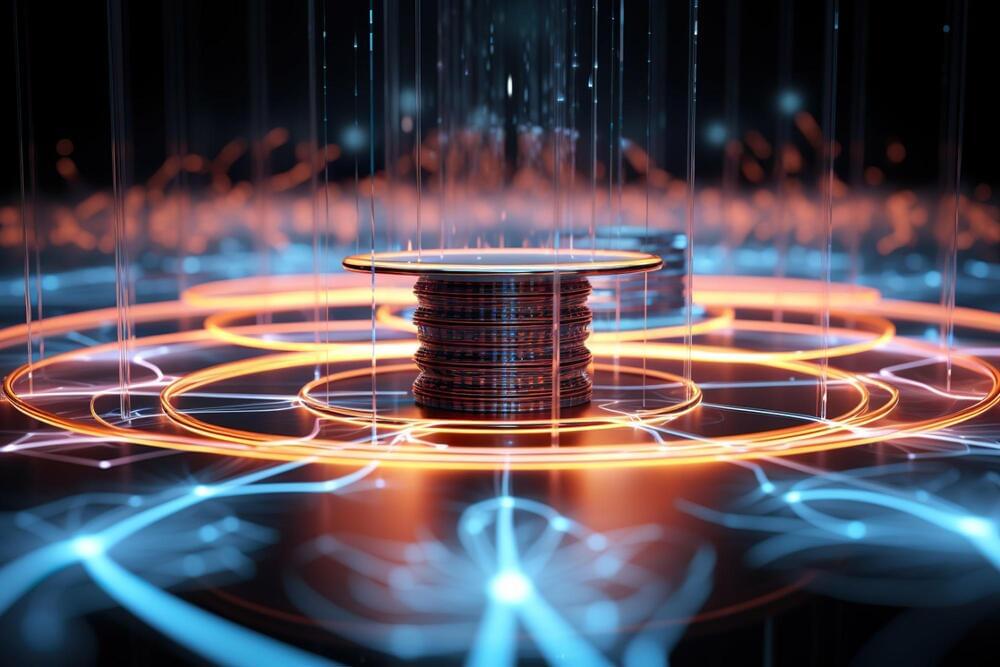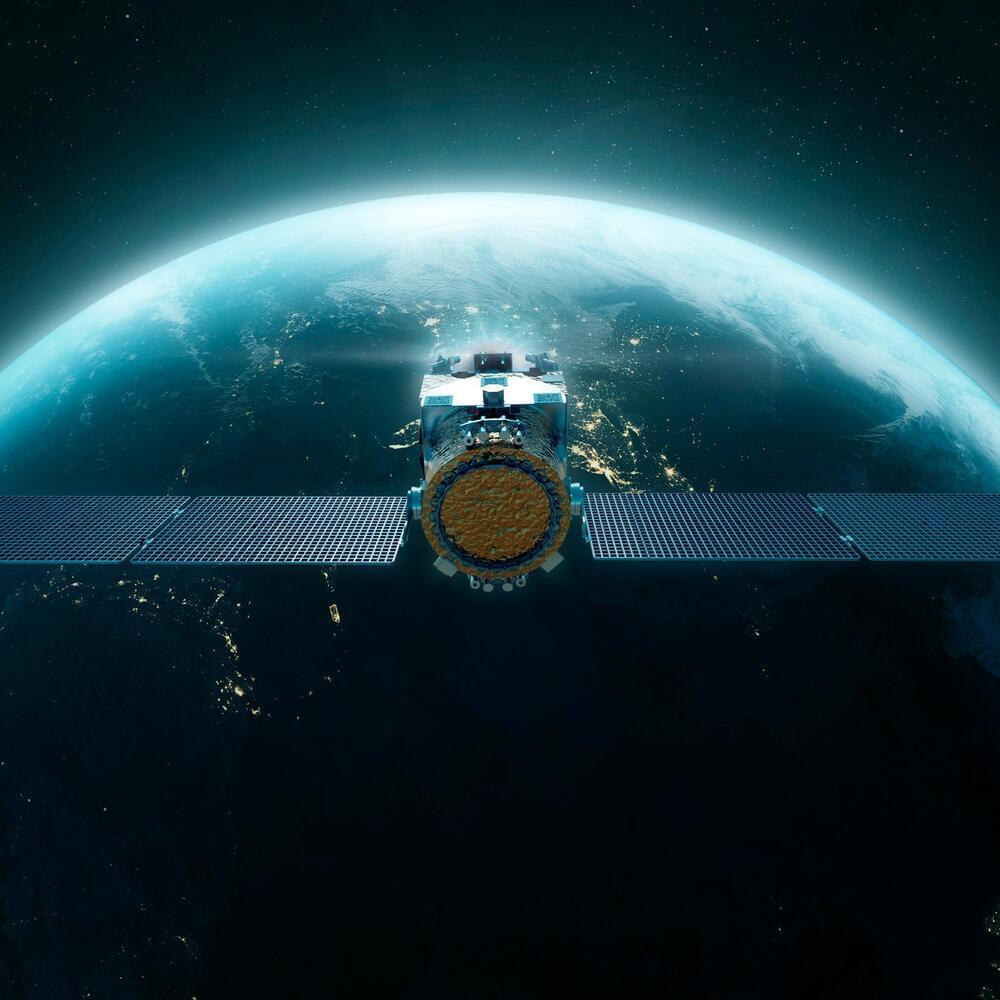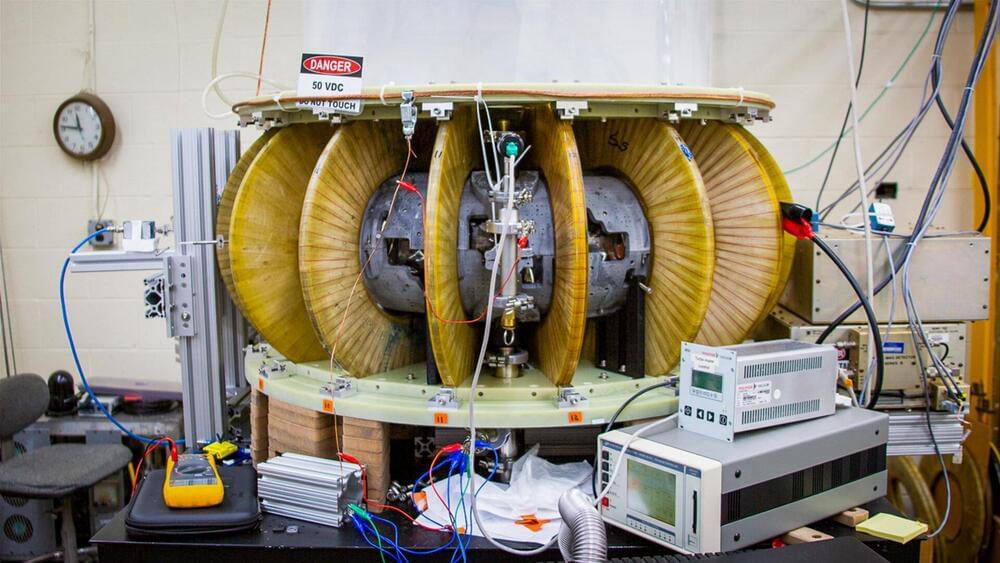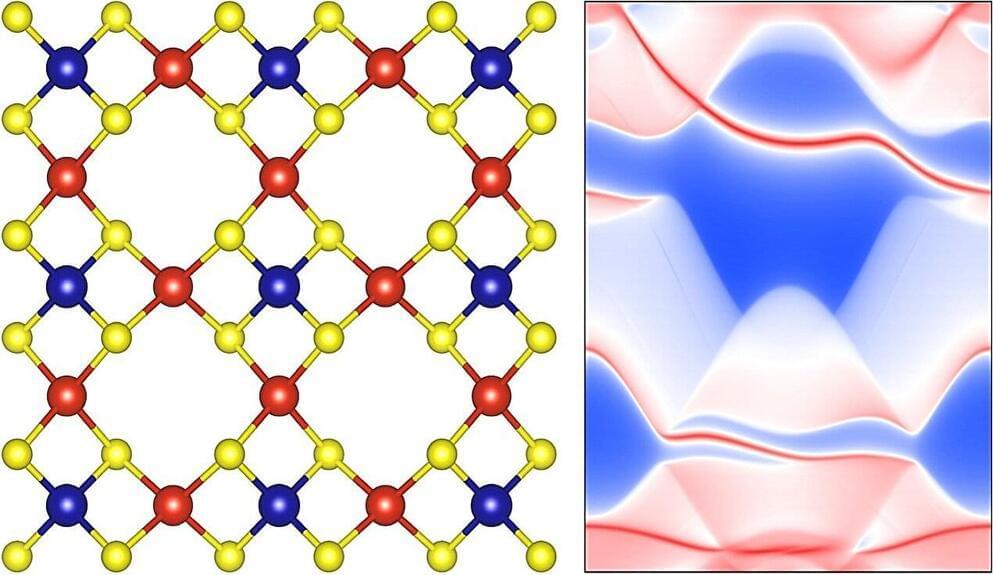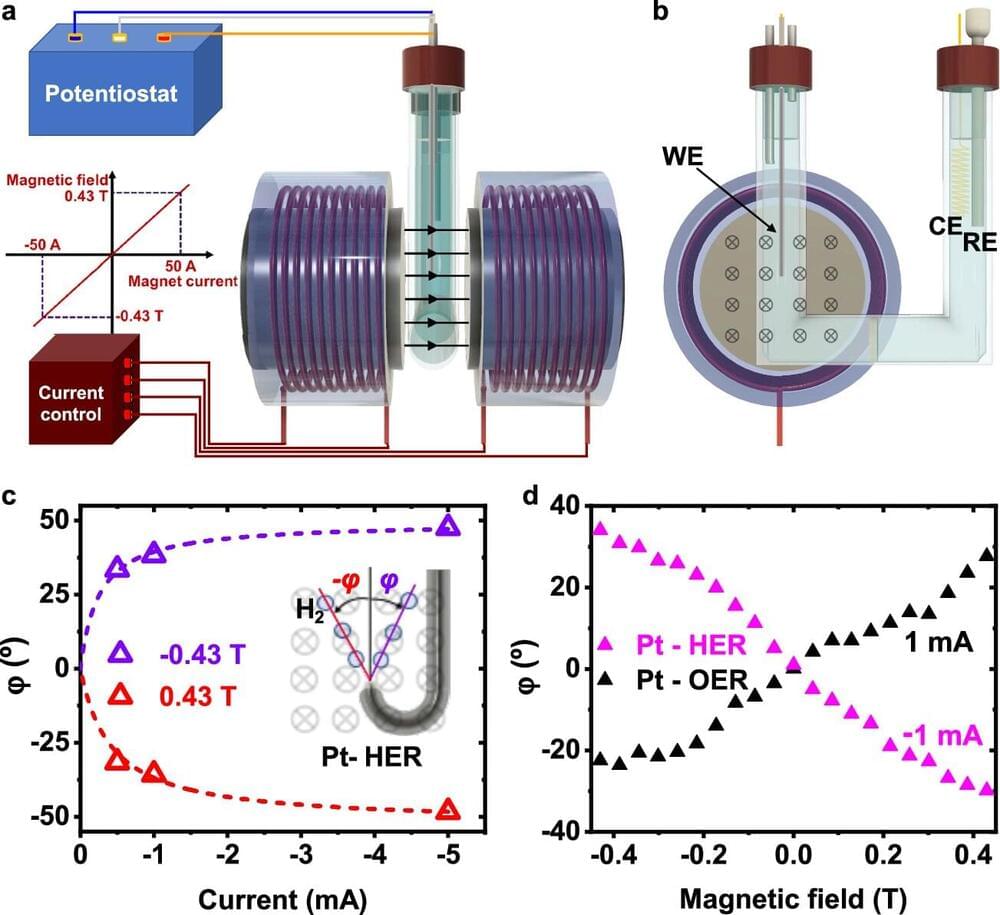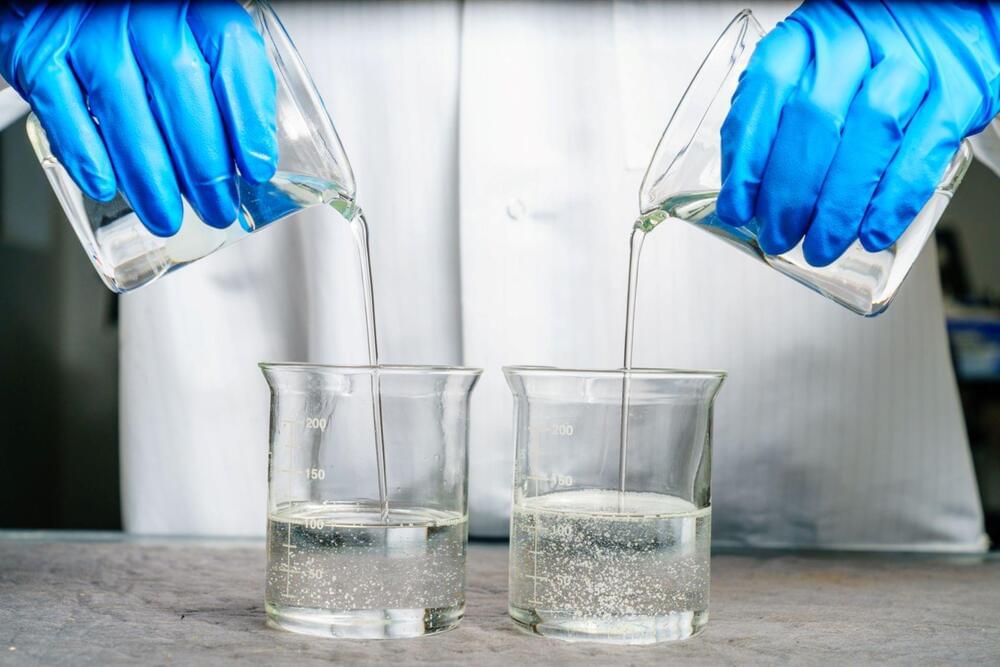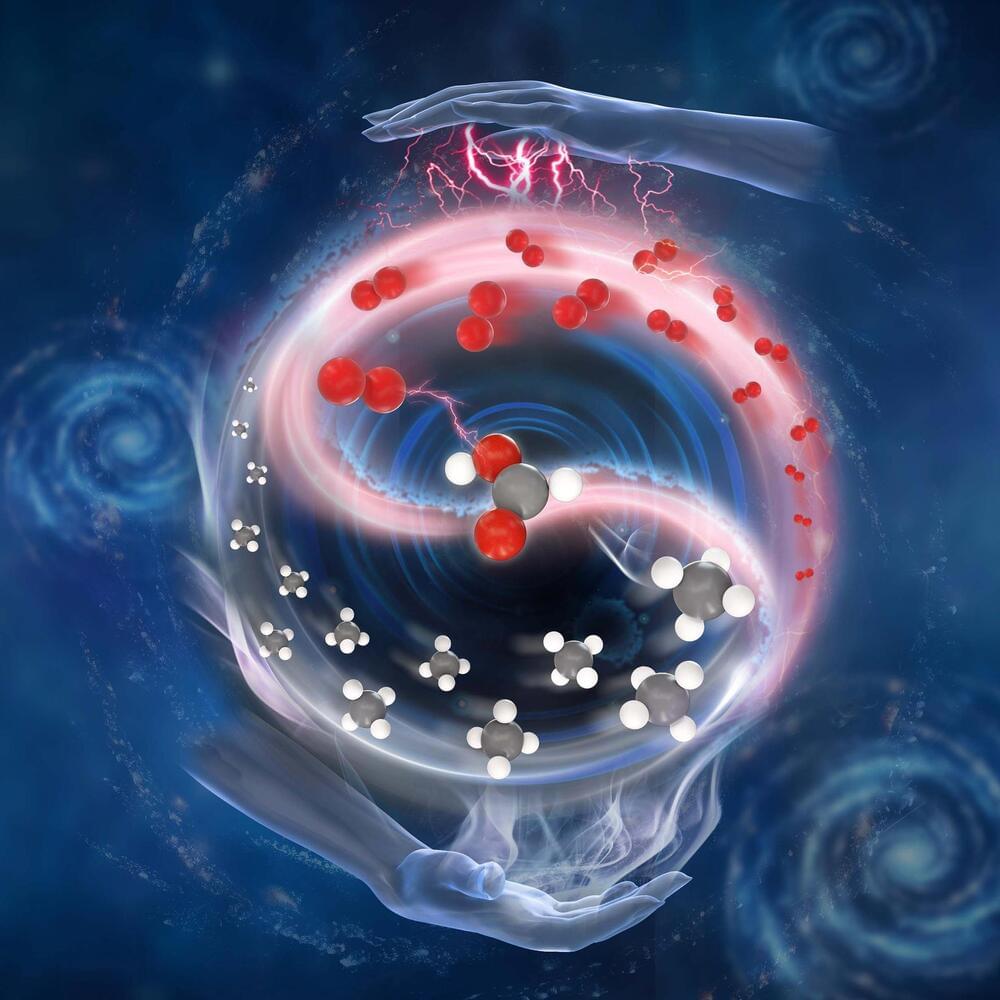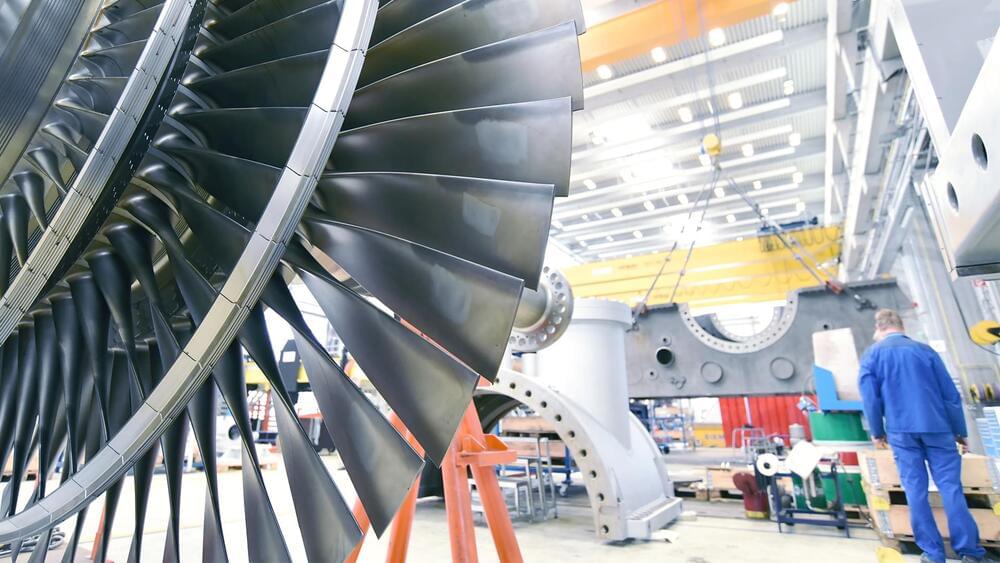Apr 4, 2024
Revolutionizing Tech With a Simple Equation: New Predictive Tool Will Speed Up Battery and Superconductor Research
Posted by Saúl Morales Rodriguéz in categories: chemistry, energy, information science
The performance of numerous cutting-edge technologies, from lithium-ion batteries to the next wave of superconductors, hinges on a physical characteristic called intercalation. Predicting which intercalated materials will be stable poses a significant challenge, leading to extensive trial-and-error experimentation in the development of new products.
Now, in a study recently published in ACS Physical Chemistry Au, researchers from the Institute of Industrial Science, The University of Tokyo, and collaborating partners have devised a straightforward equation that correctly predicts the stability of intercalated materials. The systematic design guidelines enabled by this work will speed up the development of upcoming high-performance electronics and energy-storage devices.
